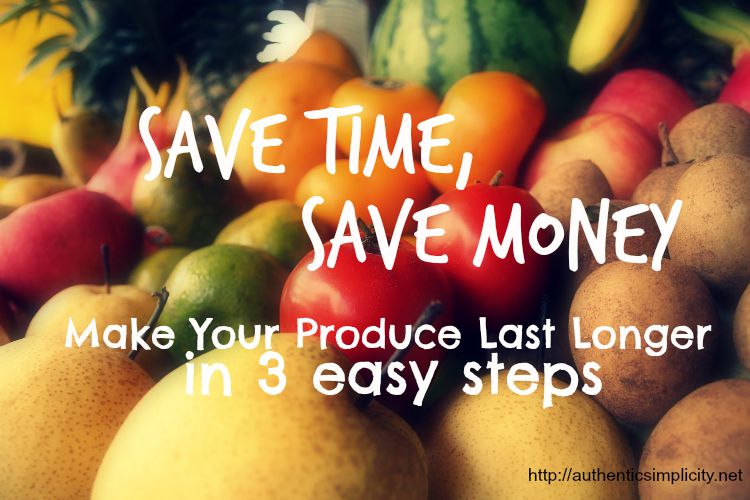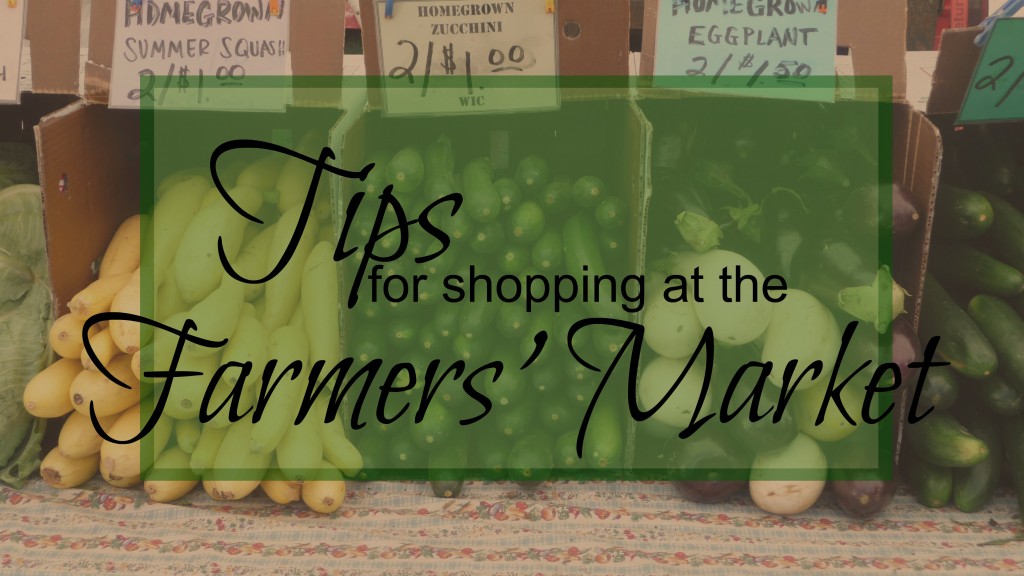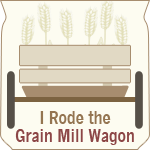 Don’t you just love a tip that saves you time and money… and is good for you in the process? You can’t beat that, right?! Well, that’s the sort of tip I’ve got for you today.
Don’t you just love a tip that saves you time and money… and is good for you in the process? You can’t beat that, right?! Well, that’s the sort of tip I’ve got for you today.
- I’ll save you TIME by showing you how to wash your produce all at once (and if you only go grocery shopping once a month, it saves you even more time).
- I’ll save you MONEY by showing you how washing your produce all at once will make it last longer and stay fresher.
- It’s GOOD FOR YOU because washing your produce and having fresher produce means fewer pesticides entering your body and more nutrition.
It’s a win-win all around, my friend! Here’s how to wash produce in big batches to save you time and money.
How to Wash Your Produce (and save time and money in the process)
First of all, I want to highly recommend that you go grocery shopping once a month if you’re really interested in saving yourself significant time and money. It might sound crazy, but trust me, it’s totally doable and it works. You’ll find all the info you need to get started in my eBook, Your Grocery Budget Toolbox.
Once you’ve gone on your monthly shopping trip, you’ll have a mountain of produce that you want to last as long as possible. There are a lot of ways to do that, and many of them are discussed in the book, but one of the best ways is simply to wash all the produce before you put it away. So pile up all the produce on the counter next to the sink, and then get started!
1. Fill the sink with water and some vinegar.
You can also add a couple drops of Thieves oil for added cleaning power! You don’t need a huge amount of vinegar; I just add a few generous splashes and call it good.
Place your produce gently in the water. Be sure not to put things like apples and blackberries in at the same time, because that could be seriously bad news for the blackberries. Depending on how much produce you have, you may need to do several batches.
Let the produce sit in the water for a minute or two.
2. Rinse the produce in a colander.
Remove the produce from the sink and place in a colander. If you have a double sink, you can rinse it right away; otherwise, you might need to wait to rinse until you’ve run all the produce through the vinegar bath.
Be sure to rinse the produce very thoroughly to get off all the remaining pesticides and bacteria, as well as all the vinegar.
3. Place the produce on a towel to dry.
Set out some towels on your countertops and put the produce on the towels in a single layer to dry. I sometimes leave it on the countertops overnight, depending on the time I get started with it, but generally it will take only a couple hours.
Carefully store the produce in the appropriate spot in the fridge or pantry.
This whole process takes 10-15 minutes plus drying time and saves you a lot of money in the long run! You’ll find that your produce lasts significantly longer when you wash it this way before storing it, which means less produce dumped in the trash. And, of course, your produce will be cleaner and fresher for you when you go to eat it, which is good for your health as well.
Helping you save money on your groceries is one of my favorite things to do ever, so I’m super excited about my latest project. I’m working on updating and slightly revising the ebook I mentioned earlier, Your Grocery Budget Toolbox. It’s going to be an even better resource to help you keep your money in your pocket while purchasing the highest quality of food possible for your family. Once the second edition of YGBT is released, I’ll be working on a spiral-bound print copy as well! And on top of all that, pretty soon after that I’ll be releasing an eCourse that personally walks you through the process of saving money on your groceries. I’m not a squee-in’ kinda girl normally, but I’m so excited about what I’ve got in store for you that I’m about to do just that! So make sure you sign up for email updates so you know when all of this brand new awesomeness is released. Here’s to healthy food… and more money in your pocket!












